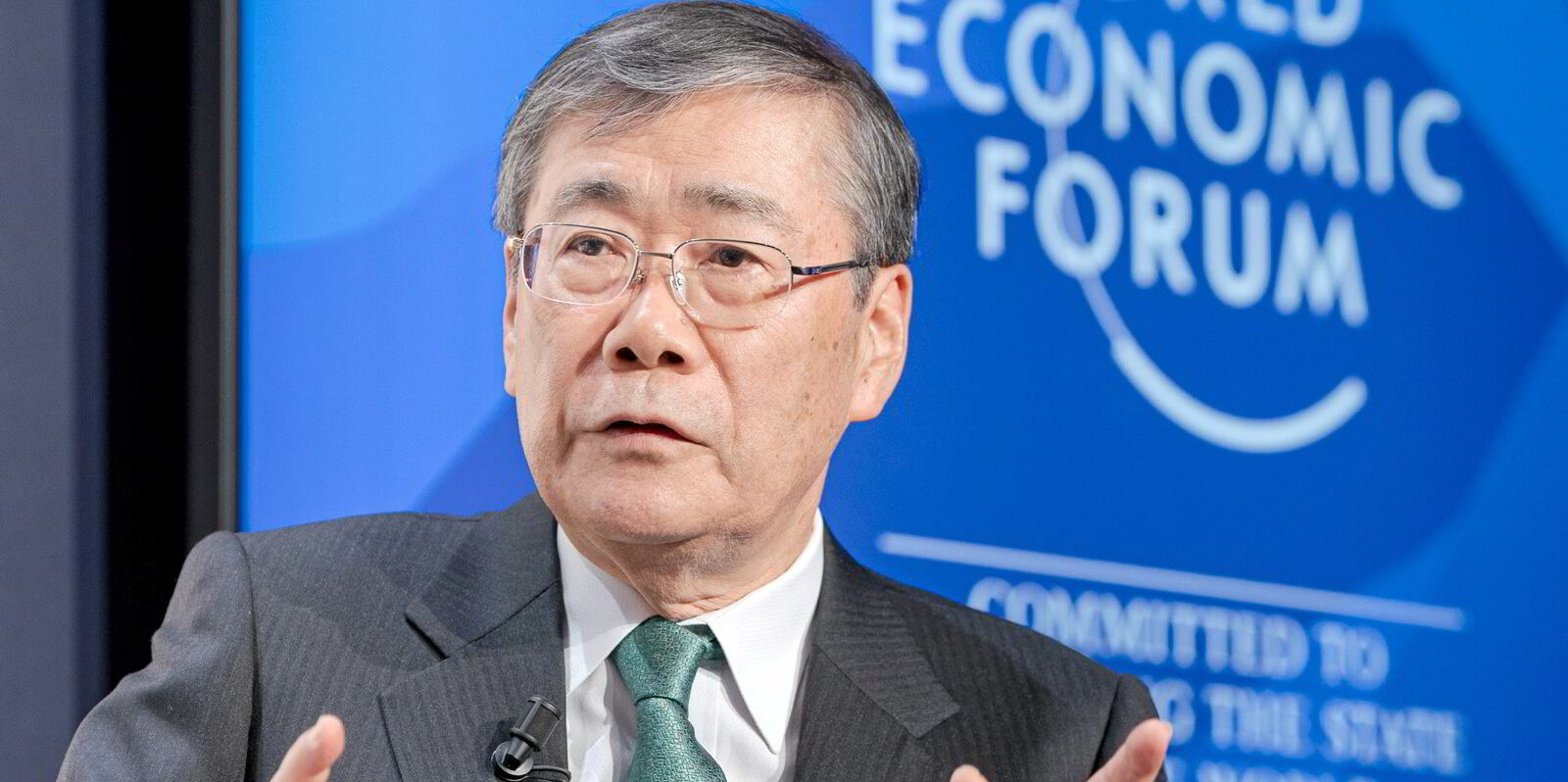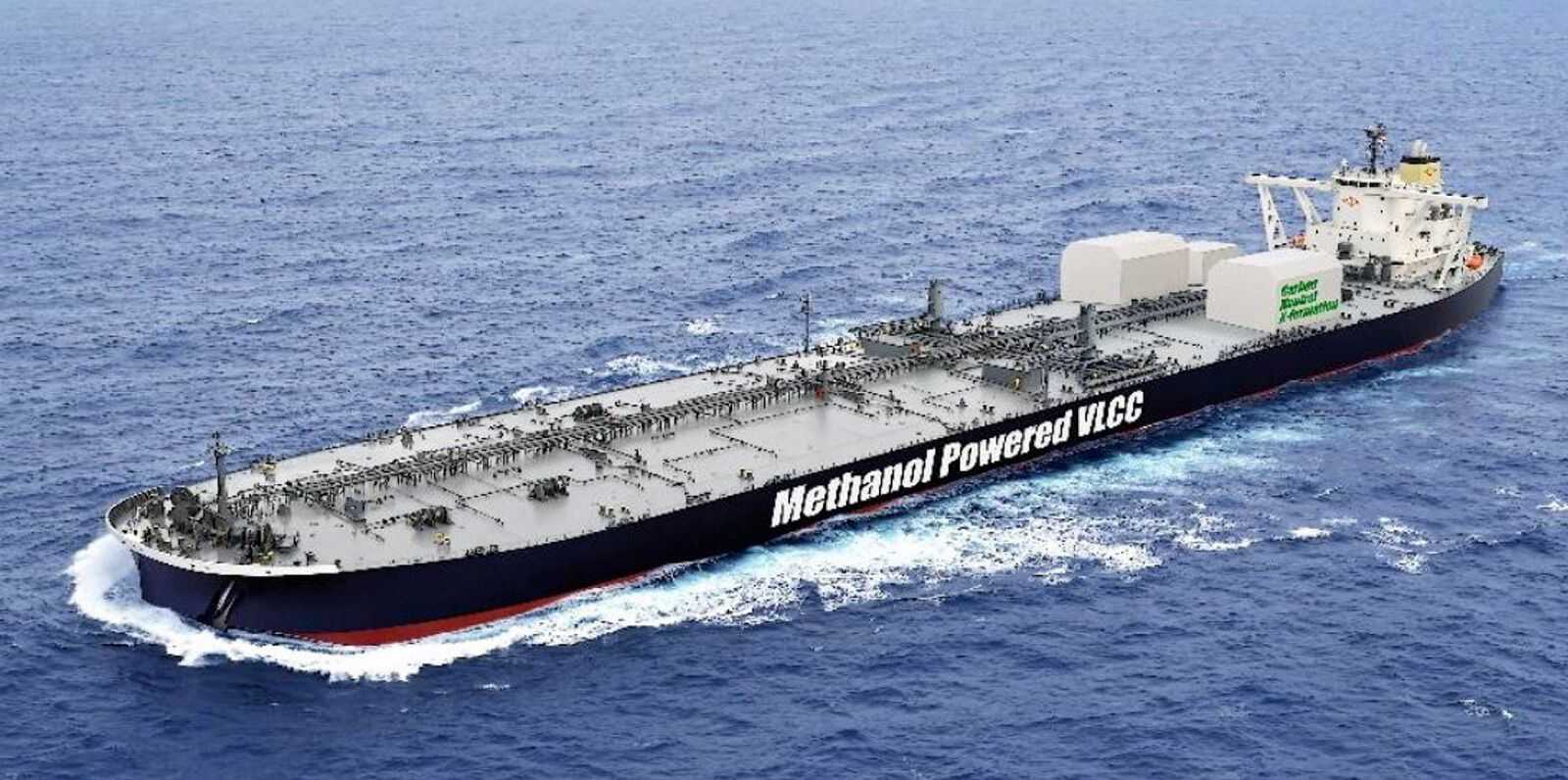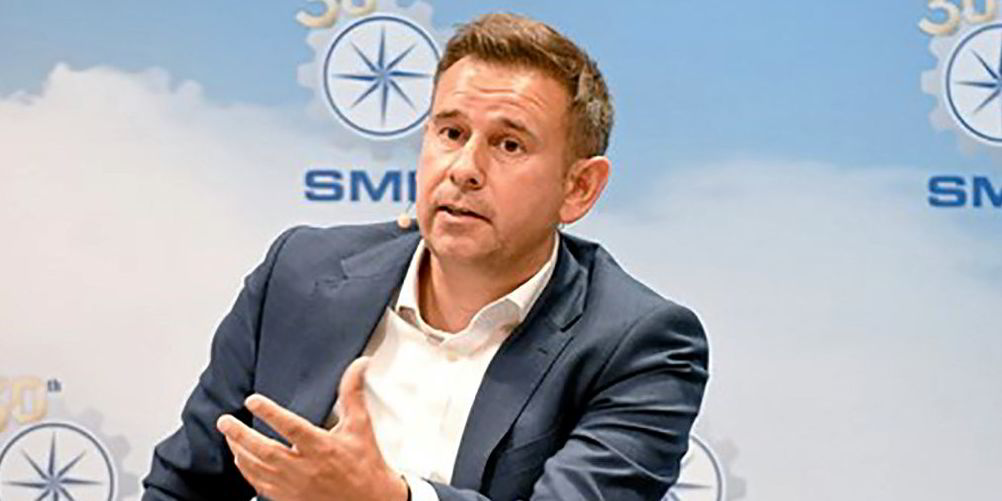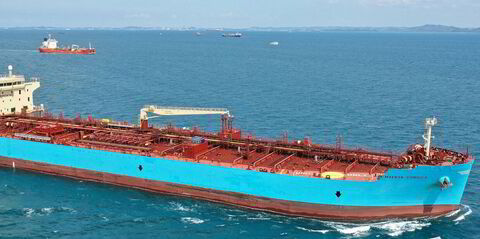Japan is still the world’s third-largest shipbuilding nation, trailing only China and South Korea, despite the closure of several of its most renowned shipyards.
A strong US dollar and an increase in bulk carrier orders have helped Japan grow a national orderbook of 30m gt, with deliveries extending well into 2028, according to the Japan Ship Exporters’ Association.
Sumitomo Heavy Industries is the latest shipbuilding company to quit the commercial shipbuilding industry, joining Mitsubishi Shipbuilding Heavy Industries, Mitsui Engineering & Shipbuilding and Sasebo Heavy Industries.
Sumitomo cited rising material costs, fluctuating newbuilding prices and intense foreign competition as reasons for exiting the business.
Sumitomo, known for building aframax tankers, has stopped taking contracts and will deliver its remaining four on-order newbuildings by early 2026.
On the other hand, medium-size Shin Kurushima Dockyard is bucking the trend, expanding its capacity by lengthening and widening its dry dock to meet global demand for alternative-fuel vessels and ships up to kamsarmax size.
While Japan remains the world’s third-largest shipbuilding nation, its market share has fallen to just 4% of the global orderbook by cgt, compared to 70% for China, 17% for South Korea and 6% for Europe, according to Clarksons’ data.
SSY Tokyo broker Eugene Quek believes Japanese shipbuilding capacity will likely remain constrained.
“Despite high demand, Japanese yards are limited in their ability to increase capacity due to underlying issues, including labour shortages and an increase in construction costs,” said Quek.

“We believe that major consolidations [of shipyards] have already occurred, so further collaborative efforts between builders will likely come through joint research and development or coordinated marketing.”
Quek thinks an increase in Japan’s shipbuilding capacity may come from automation advancements and increased reliance on foreign labour, which Japanese shipbuilders are gradually implementing.
Competitive standing
Japanese shipyards are renowned for producing high-quality vessels that command premium prices in the secondhand market. However, these yards are currently focusing on standard bulkers and tankers.
Quek said Japan has lost ground in producing sophisticated vessels such as LNG carriers and VLGCs to South Korean and Chinese shipbuilders, and its rivals have successfully transitioned from constructing conventional ship types to more advanced gas and product tankers and answering the call for dual-fuel vessels.
But with the shipping industry transiting to green-fuel vessels, a new breed of ships such as liquefied CO2 carriers, hydrogen carriers and alternative-fuel vessels present an opportunity for Japanese shipyards.

The Japanese government has already stepped in with ¥35bn ($229m) in funding over the next 10 years to support the development of a zero-emission ship.
Quek said: “The advent of vessels supporting the energy transition, like hydrogen and LCO₂ carriers, does present an opportunity for Japan to reclaim some competitive edge.
“However, we believe a success in this area will require an industry-wide collaborative approach consistently, leveraging expertise across shipbuilders, owners, operators and end-users — such as major Japanese power/utility companies — to ensure that Japan remains competitive.”
He said the favourable market conditions over the past four years have enabled the industry to be well-capitalised.
“The primary challenge we see now is how to strategically deploy this capital to elevate technological capabilities and strengthen their position in the next generation of shipbuilding.”





